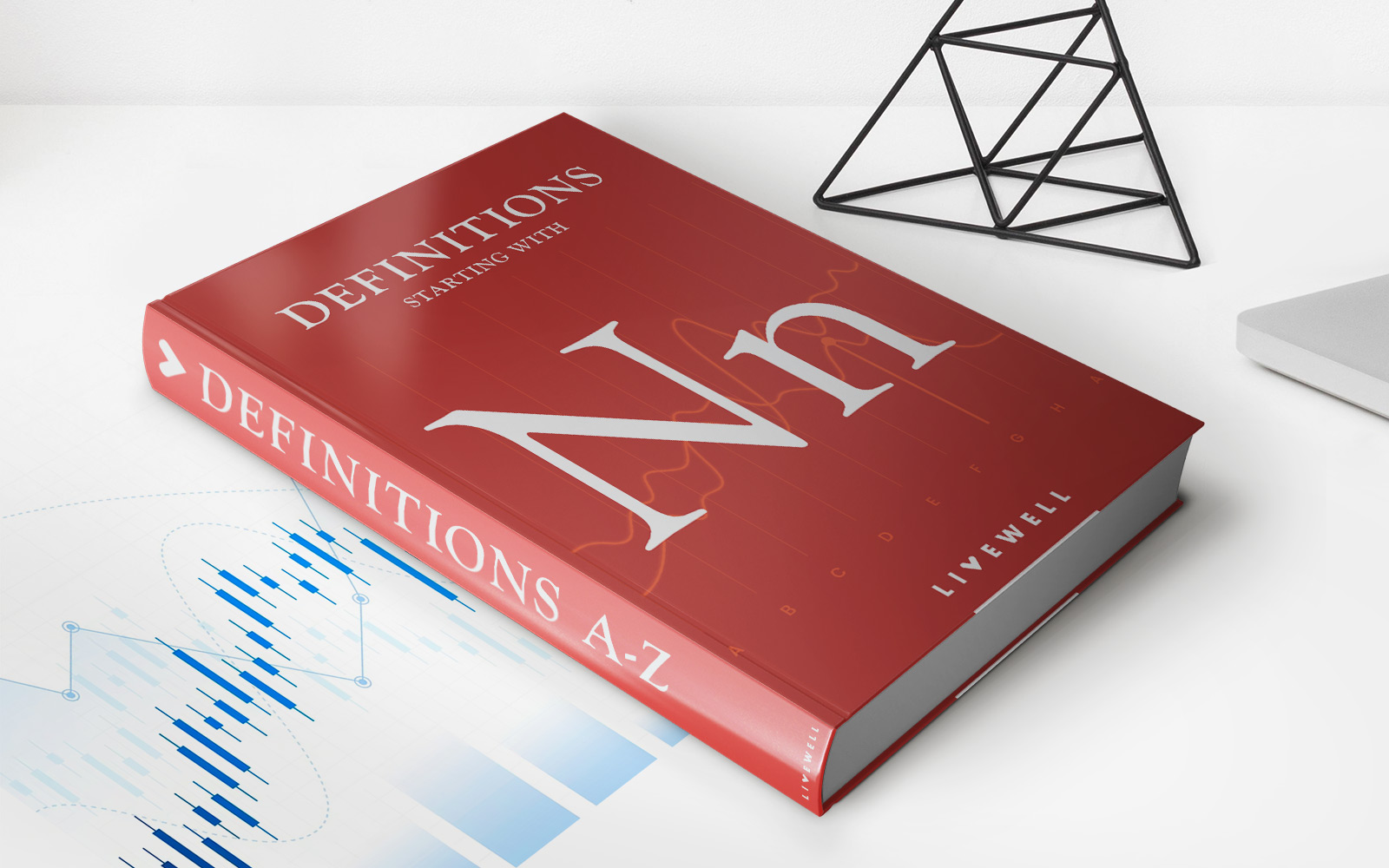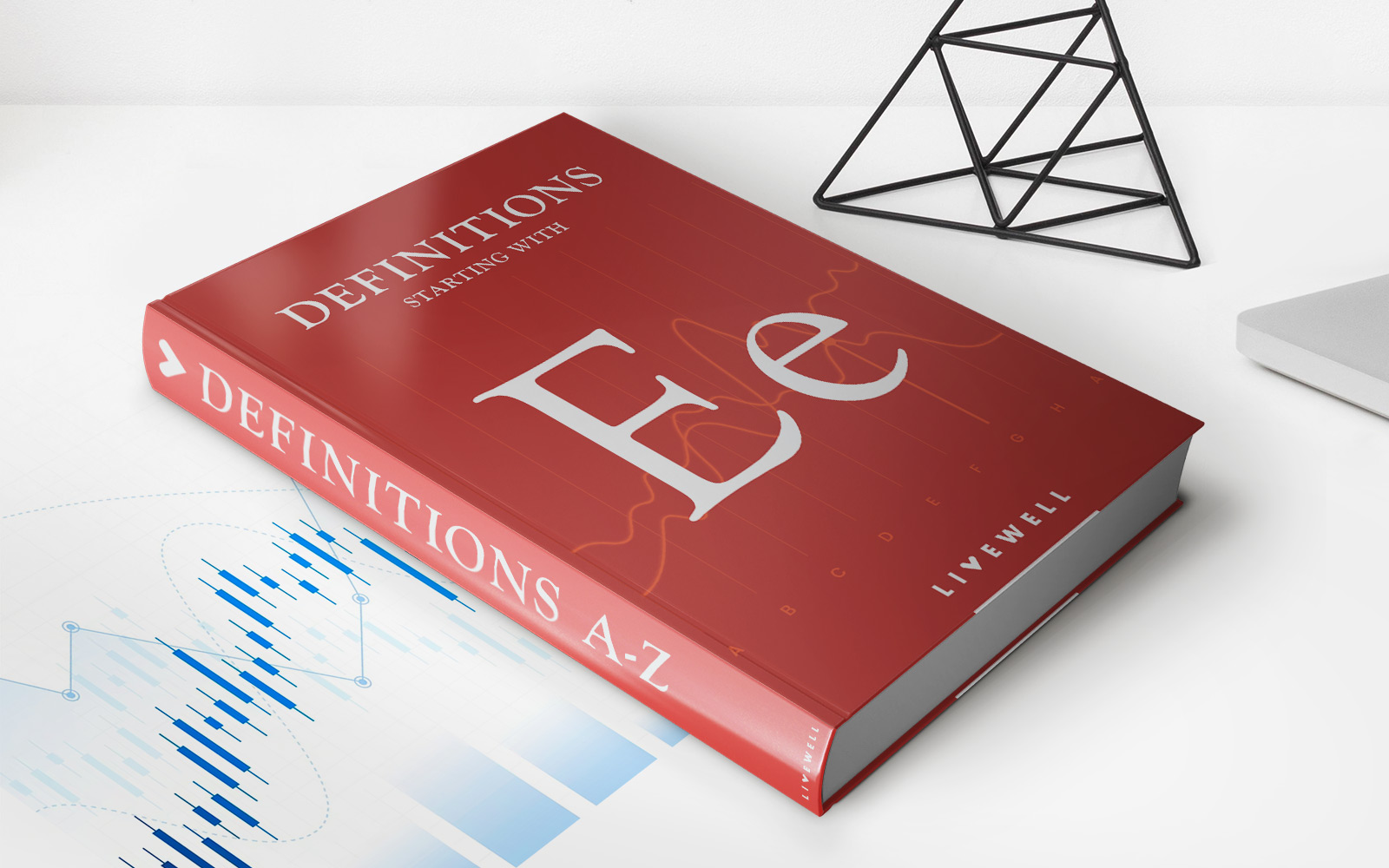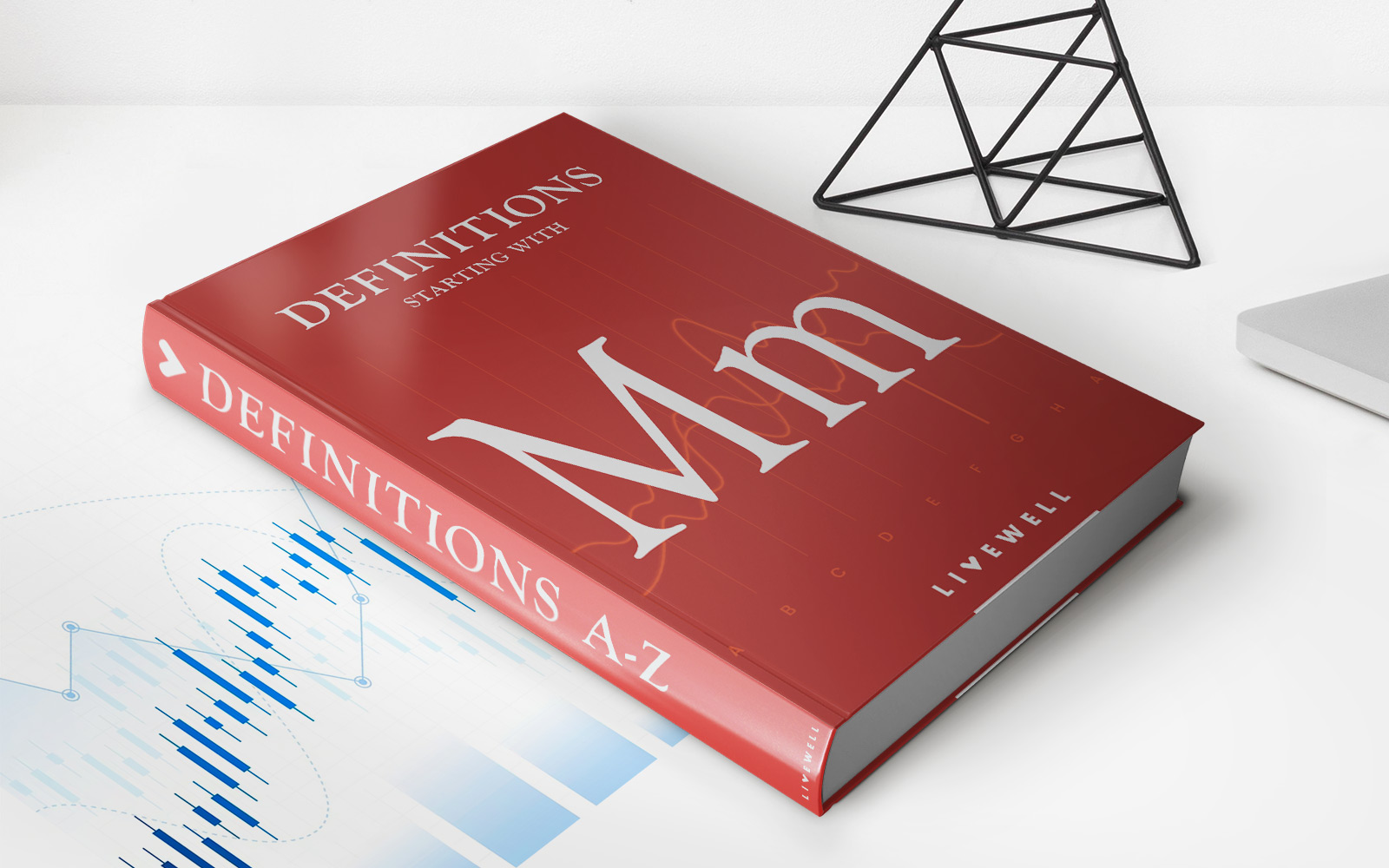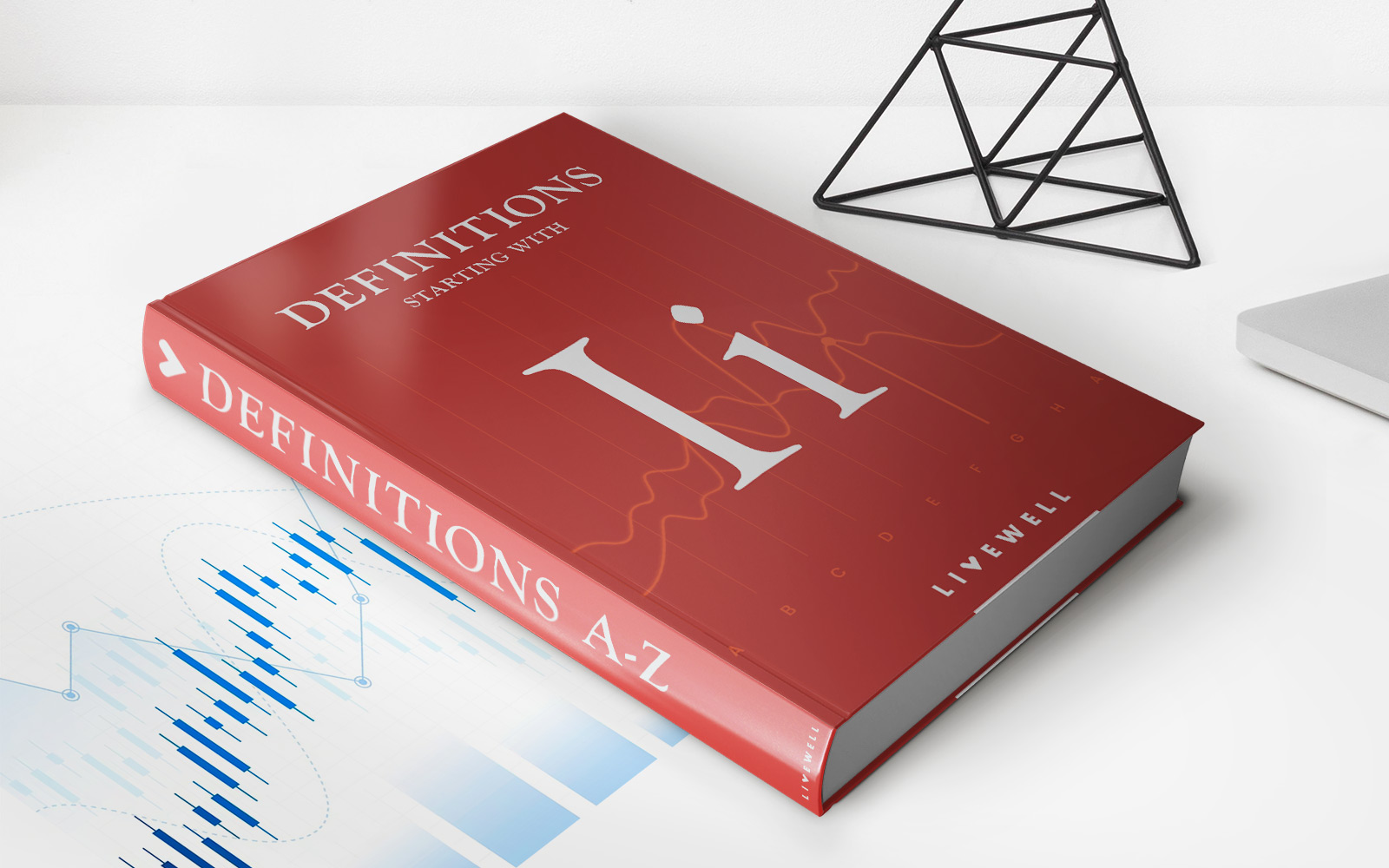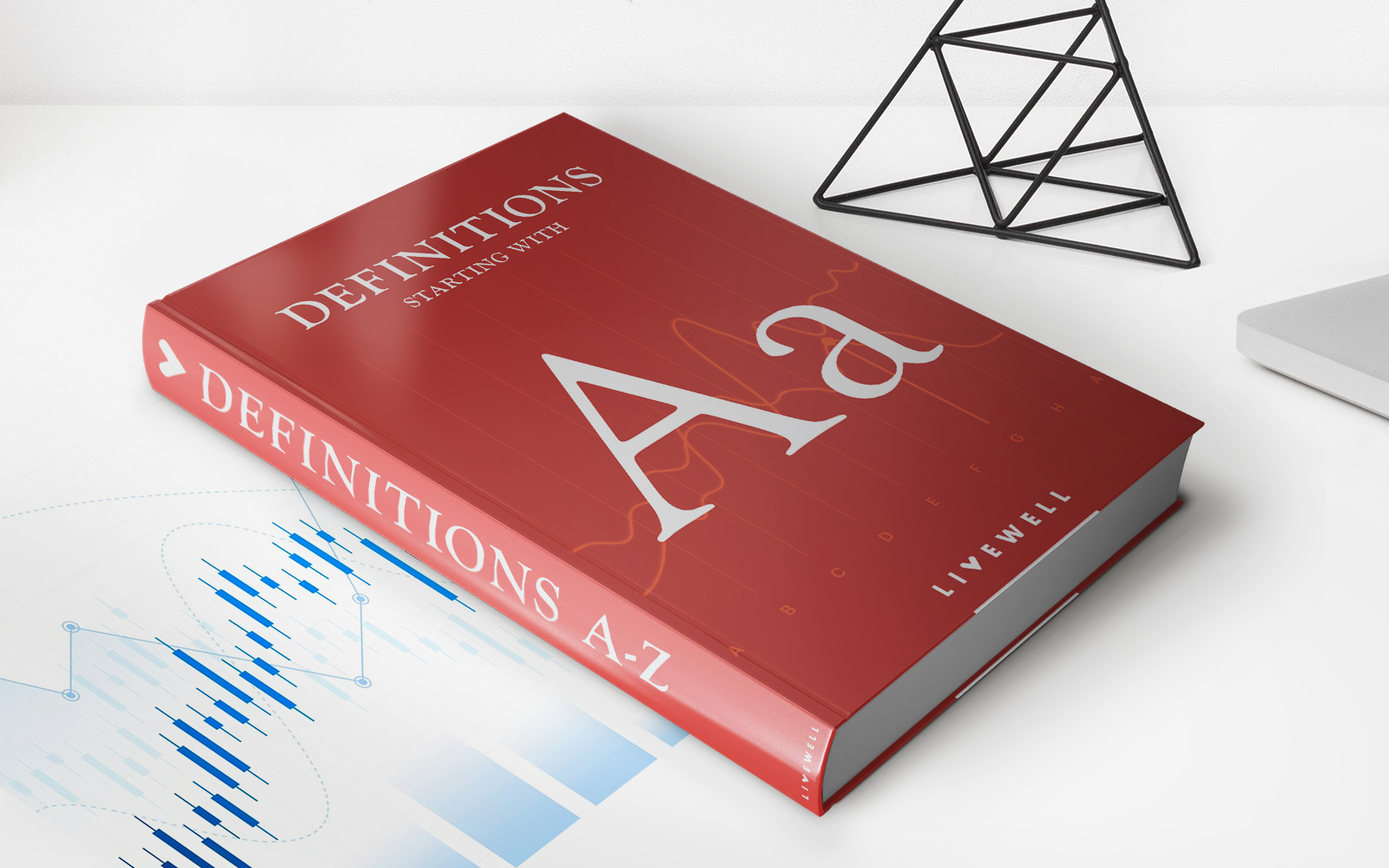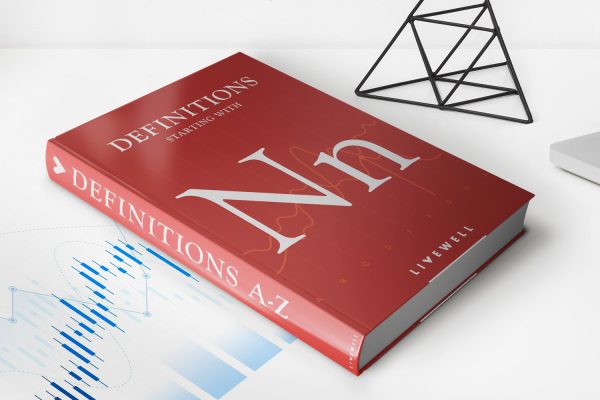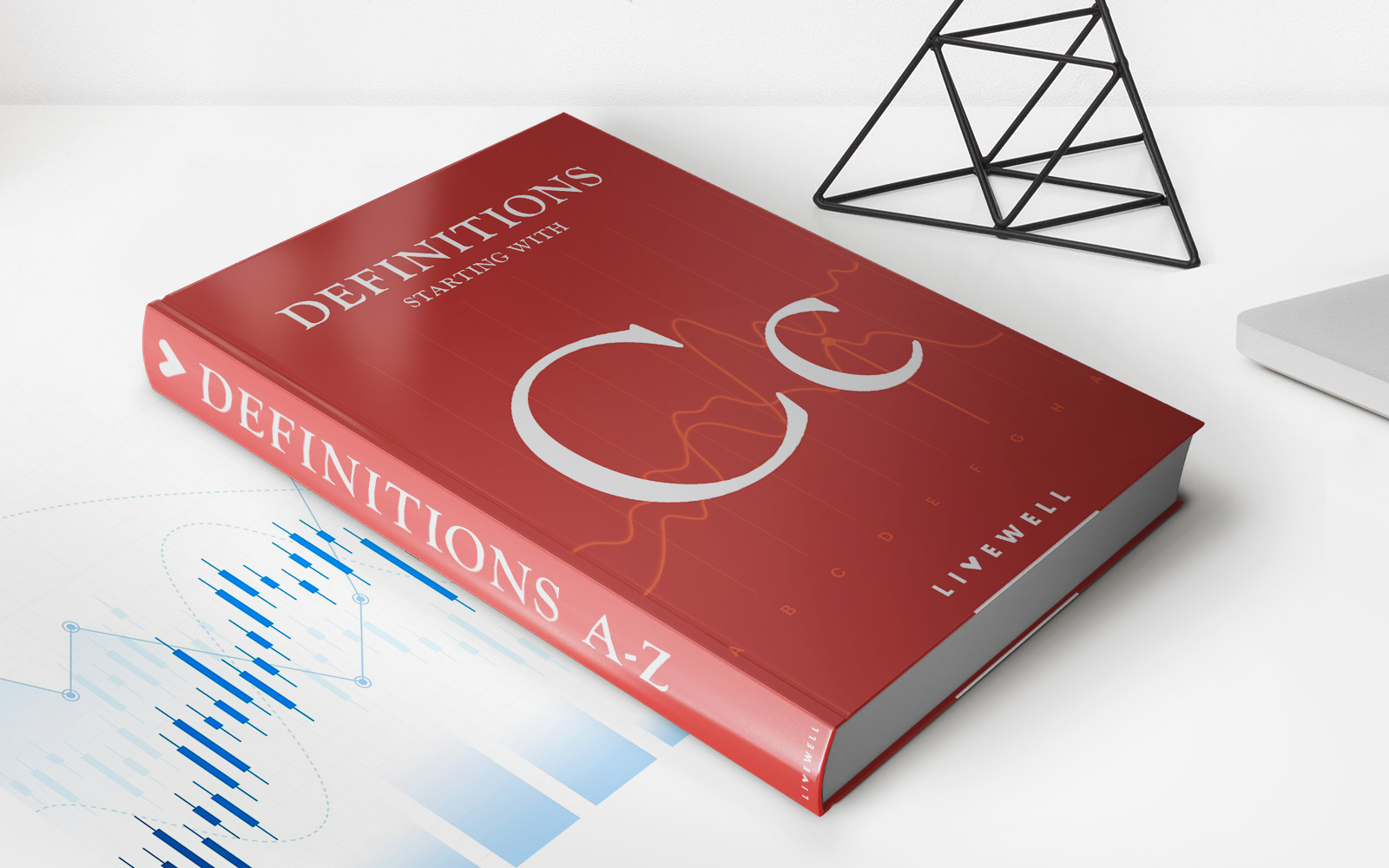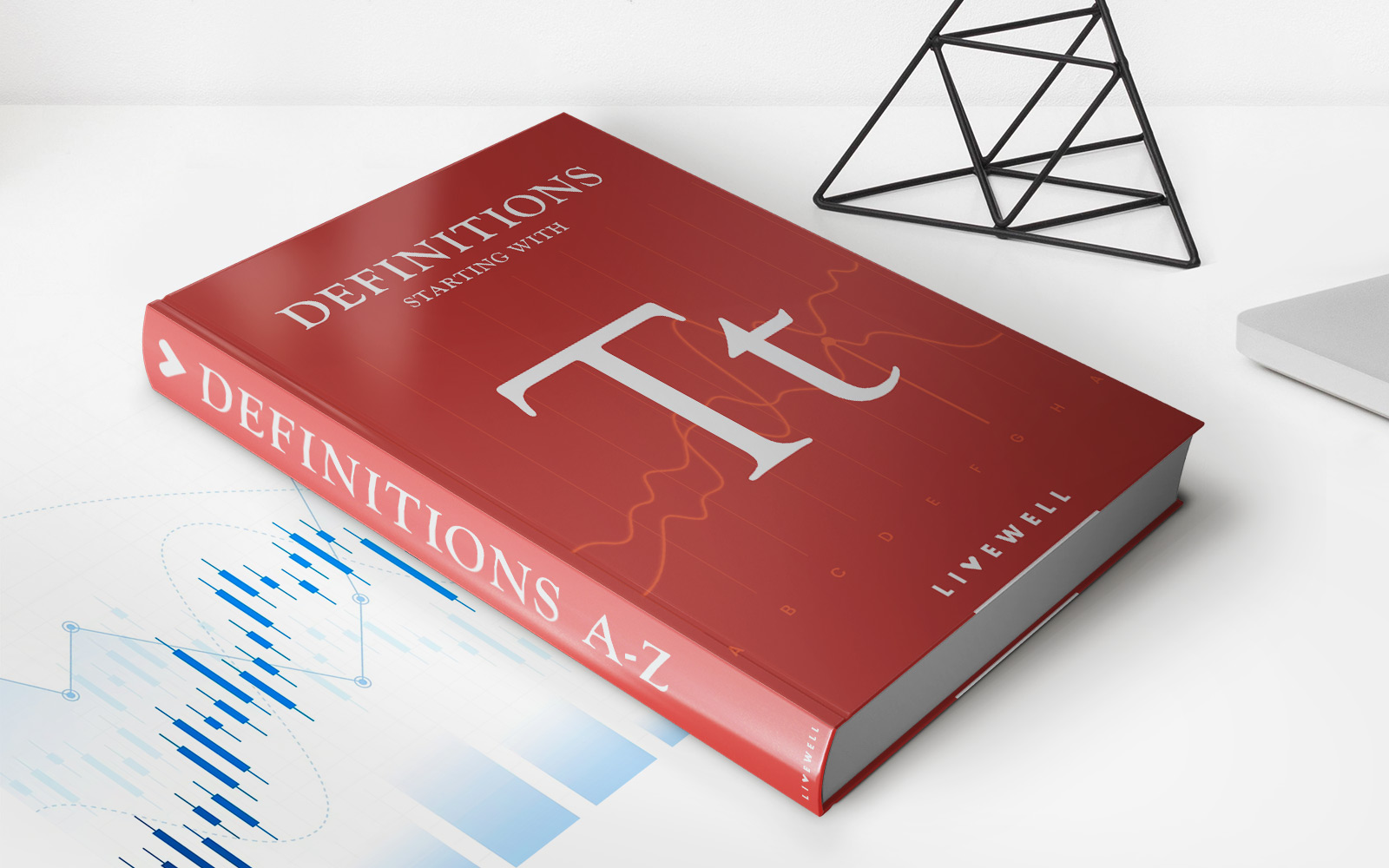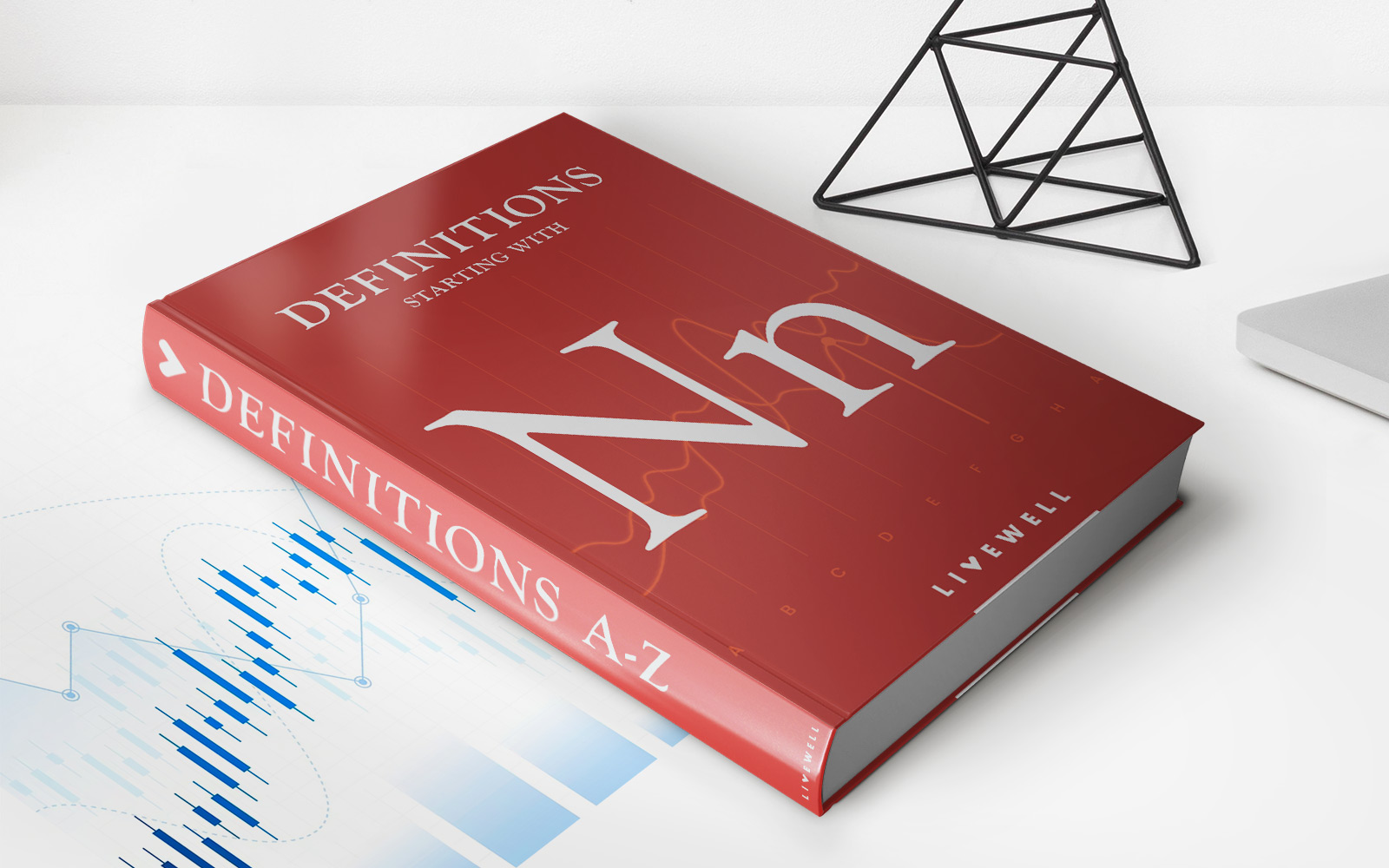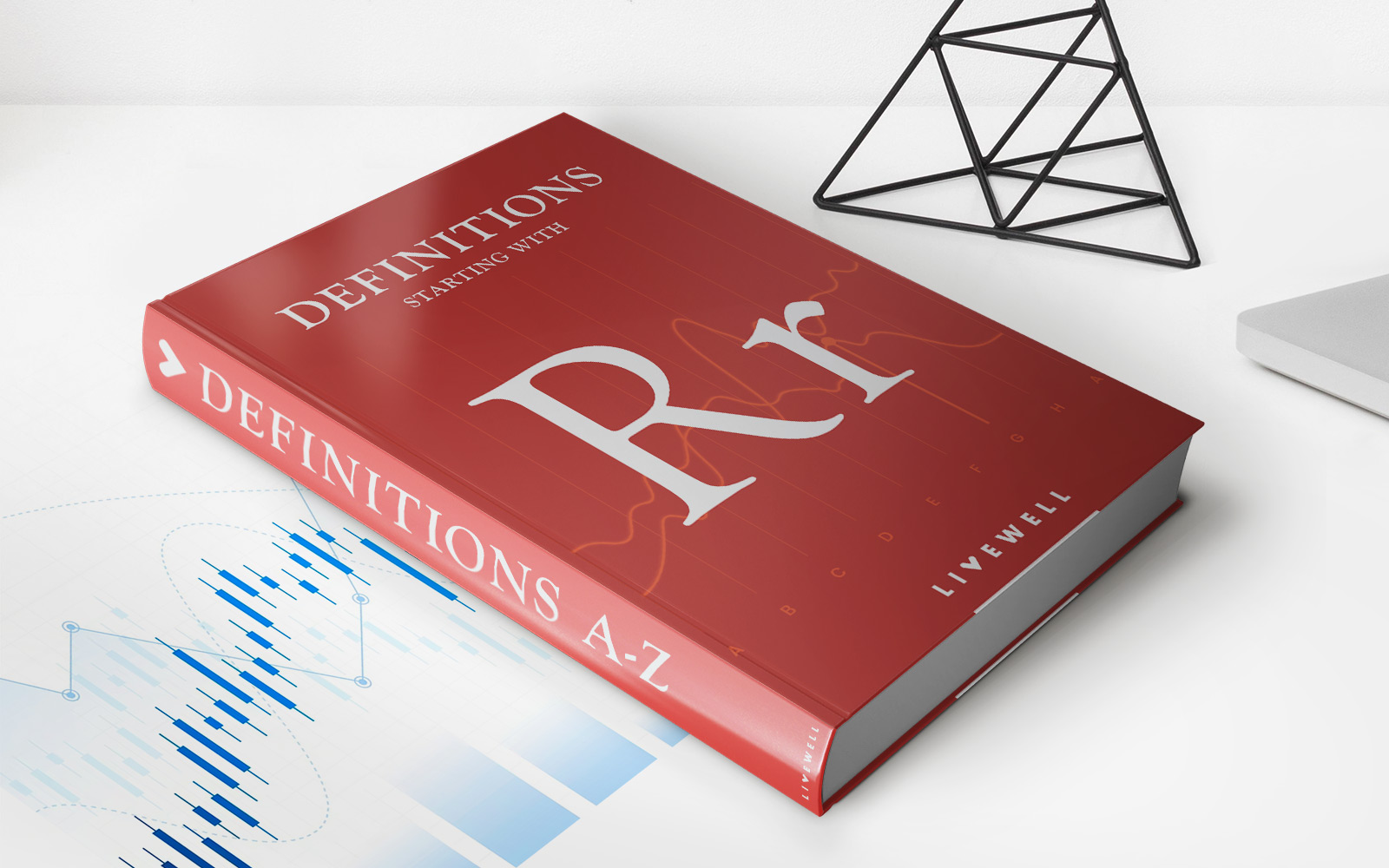Home>Finance>Federal Reserve Note Definition, Lifespan, Features


Finance
Federal Reserve Note Definition, Lifespan, Features
Published: November 23, 2023
Discover the definition and features of Federal Reserve notes, their lifespan, and the role they play in finance. Learn more about FINANCE today!
(Many of the links in this article redirect to a specific reviewed product. Your purchase of these products through affiliate links helps to generate commission for LiveWell, at no extra cost. Learn more)
The Fascinating World of Federal Reserve Notes
When it comes to understanding the intricate workings of our financial system, one cannot overlook the importance of Federal Reserve Notes. These are the bills that we commonly use for everyday transactions, but have you ever wondered what defines a Federal Reserve Note, how long it lasts, and what makes it unique? In this blog post, we will delve into the world of Federal Reserve Notes and explore their definition, lifespan, and distinctive features.
Key Takeaways:
- Federal Reserve Notes are the official currency of the United States and are printed by the Bureau of Engraving and Printing.
- These notes have an average lifespan of around 10 years before they are taken out of circulation and replaced.
What is a Federal Reserve Note?
A Federal Reserve Note is essentially a type of paper currency that is issued by the Federal Reserve System, the central banking system of the United States. These notes serve as legal tender and are widely accepted as a means of payment for goods and services, making them an integral part of our daily lives.
But what sets a Federal Reserve Note apart from other forms of currency is its connection to the Federal Reserve System. Unlike coins, which are produced by the United States Mint, Federal Reserve Notes are printed by the Bureau of Engraving and Printing. This distinction gives them a unique role in our monetary system.
The Lifespan of a Federal Reserve Note
The lifespan of a Federal Reserve Note may vary depending on factors such as circulation volume and usage patterns. On average, these notes last around 10 years before they begin to deteriorate or become damaged beyond use.
Once a Federal Reserve Note reaches the end of its lifespan, it is taken out of circulation and replaced with a new note. This process ensures that the currency remains in a good condition and maintains its value. In fact, the Bureau of Engraving and Printing produces millions of new notes each day to keep up with the constant demand.
Distinctive Features of Federal Reserve Notes
Now, let’s talk about what makes Federal Reserve Notes unique. One of the most striking features of these notes is their intricate design. Each bill incorporates various elements such as portraits of historical figures, iconic landmarks, and symbols of American pride.
Additionally, Federal Reserve Notes have a number of security features that help prevent counterfeiting. These features include special inks, watermarks, security threads, and microprinting, which make it difficult for illicit copies to be produced.
Furthermore, Federal Reserve Notes come in different denominations, ranging from $1 to $100. Each denomination has its own design and color scheme, making it easy to identify and use in transactions.
In Conclusion
Federal Reserve Notes play a vital role in our financial system, serving as the backbone of our daily transactions. Understanding their definition, lifespan, and unique features is essential for anyone seeking a comprehensive understanding of our currency. So the next time you reach into your wallet and pull out some cash, take a moment to appreciate the artistry and value that is inherent in each Federal Reserve Note.
